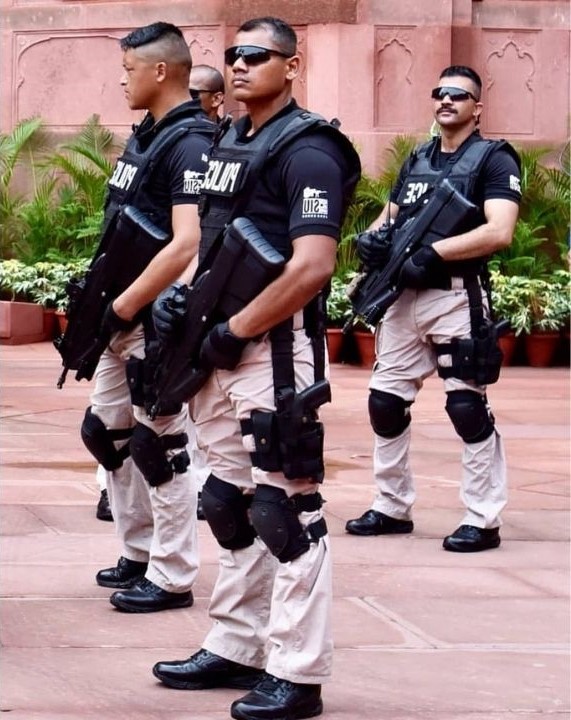In India, important people, like politicians, celebrities, and other high-profile individuals, are provided with different levels of security. This system ensures their safety and helps them carry out their duties without worrying about threats. Let’s dive into the different security categories in India and learn how they work!
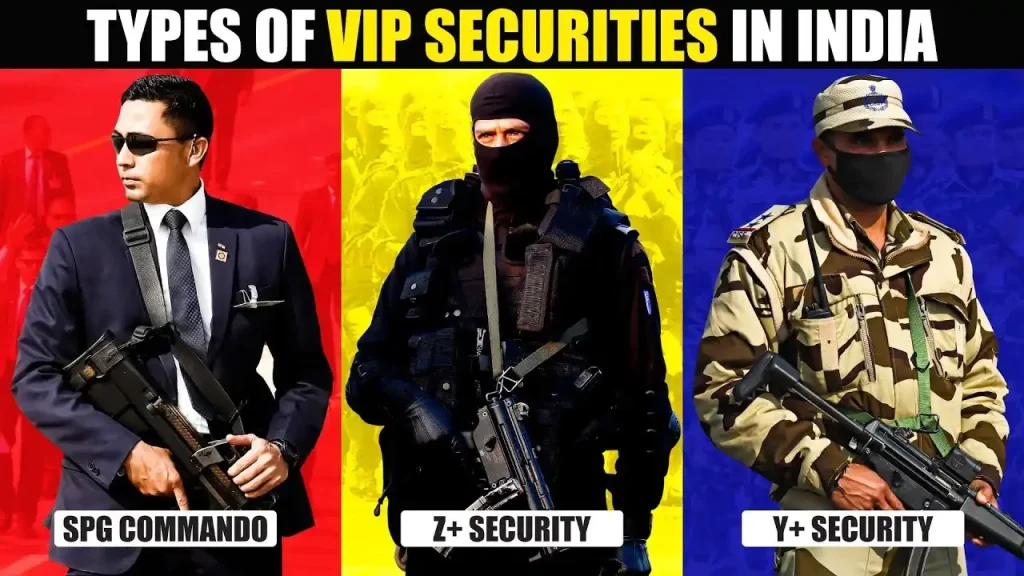
Understanding Security Categories
India’s security categories are divided into several levels, each providing a different amount of protection. These categories are Z+, Z, Y+, Y, and X. Each category has specific rules about the number of security personnel assigned, the type of vehicles used, and the equipment carried.
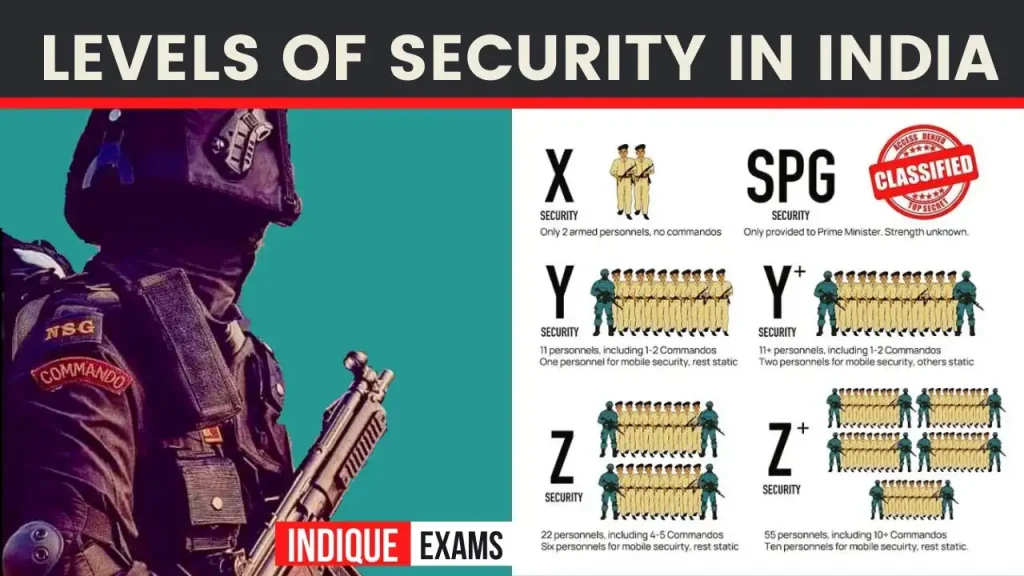
Z+ Security
Z+ Security is the highest level of security. It’s given to people who face the most significant threats. This category includes:
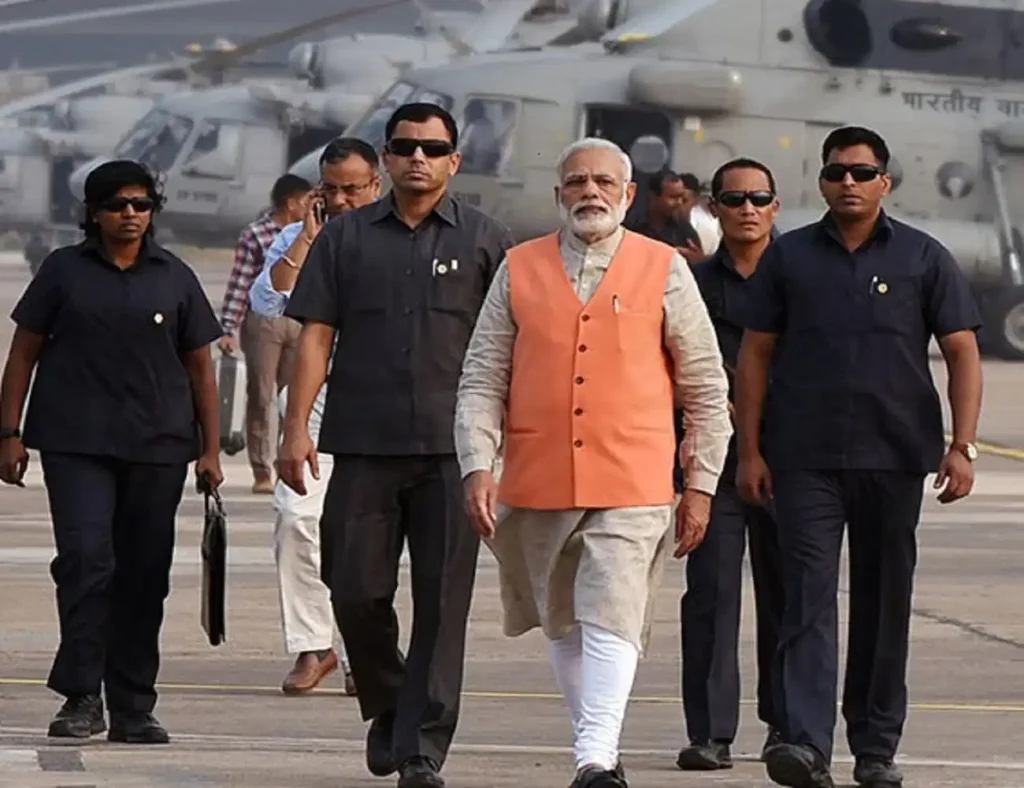
- 36 security personnel, including NSG (National Security Guard) commandos.

- Bulletproof vehicles for safe travel.
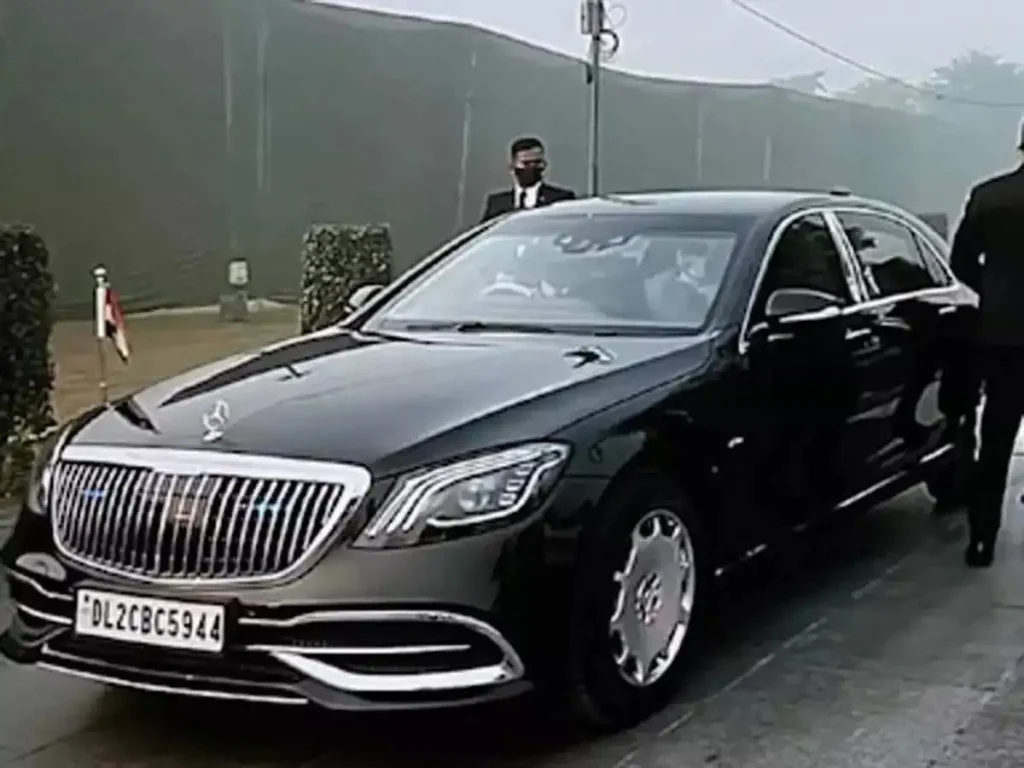
- Advanced weaponry and communication systems.

Some prominent individuals under Z+ security include the Prime Minister, certain chief ministers, and other high-ranking officials.
Z Security
Z Security is the second-highest level. It provides substantial protection but slightly less than Z+ security. This category includes:
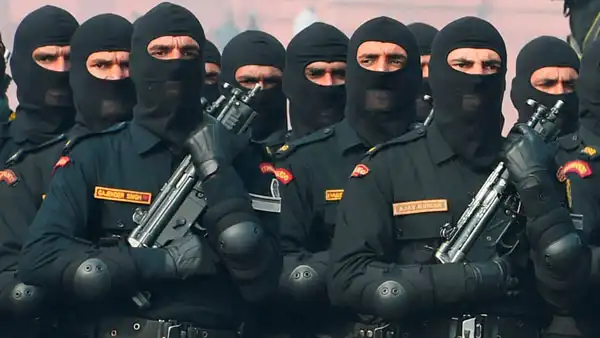
- 22 security personnel, including armed guards and commandos.
- Special transportation vehicles.
- Modern weapons and communication devices.
Notable figures like cabinet ministers, senior politicians, and some business tycoons might receive Z security.
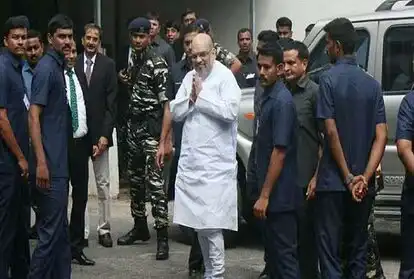
Y+ Security
Y+ Security is a step down from Z security but offers significant protection. This category includes:
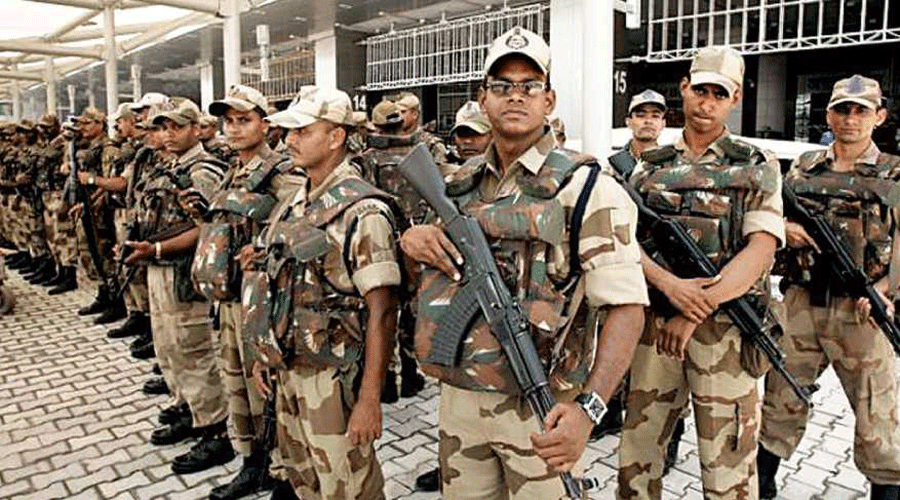
- 11 security personnel.
- Armed guards and security officers.
- Vehicles and equipment to ensure safety.
Individuals like senior government officials, judges, and prominent media personalities might be given Y+ security.
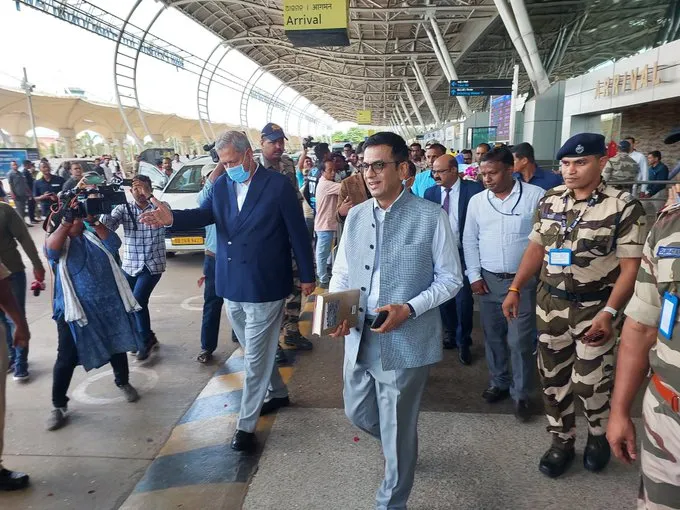
Y Security
Y Security provides a lower level of security but is still effective for those who need it. This category includes:

- 2 personal security officers (PSOs) and a few armed guards.
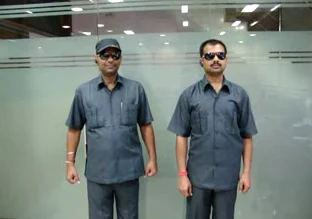
- Basic protective measures and transportation support.
This level is often assigned to lower-ranking politicians, bureaucrats, and activists.
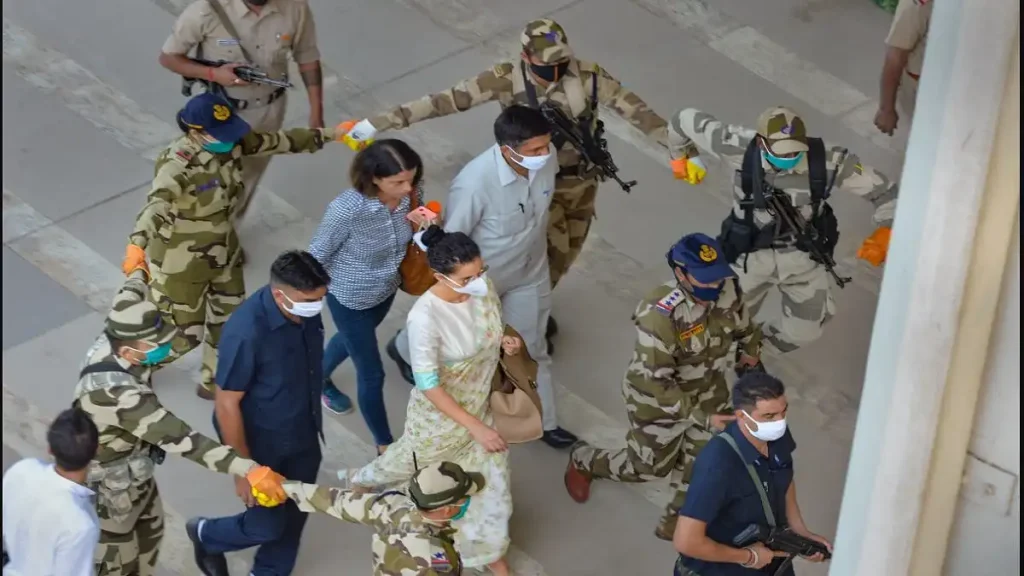
X Security
X Security is the most basic level of protection. It includes:
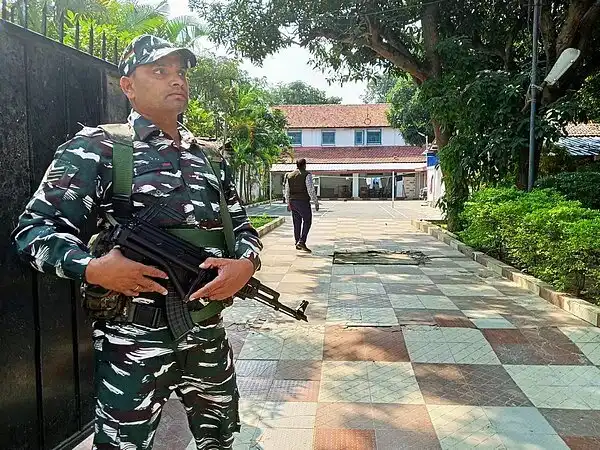
- 1 personal security officer (PSO).
- Minimal protective measures.
X security is usually given to individuals who face minor threats and need occasional protection.
Why Do We Need Security Categories?
The main reason for these security categories is to protect individuals at risk due to their position or actions. Here are some reasons why security is essential:
- Threats from Terrorism: High-profile individuals may be targets of terrorist attacks.
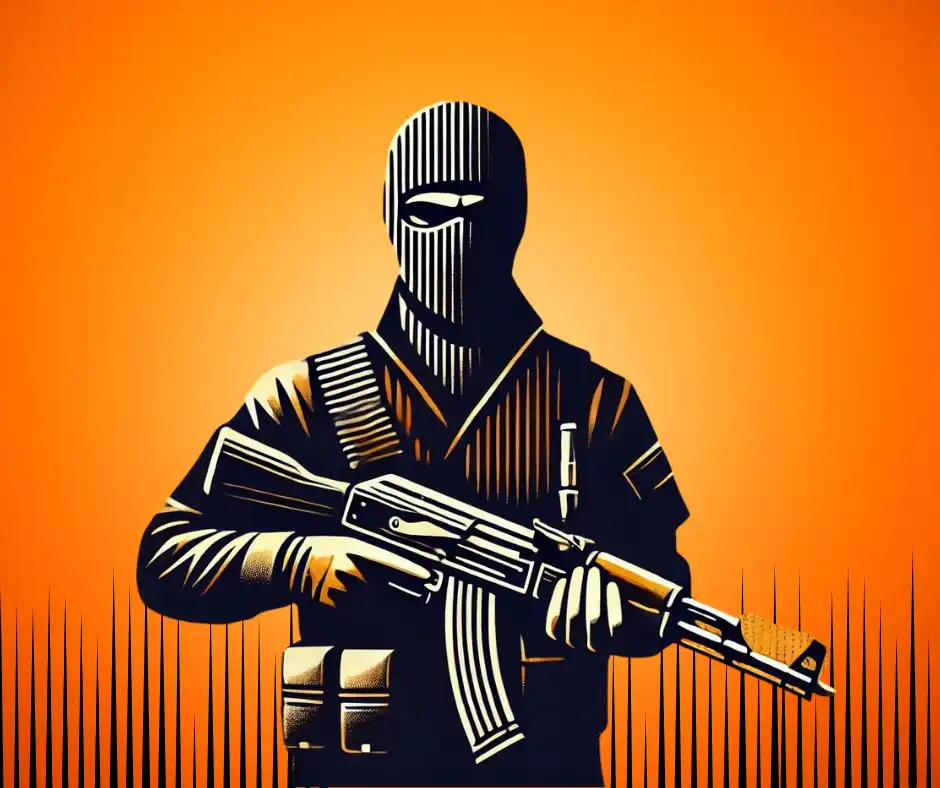
- Political Violence: Politicians and activists might face threats from opposing groups.

- Criminal Activities: Businesspeople and celebrities might be targeted for ransom or other criminal activities.
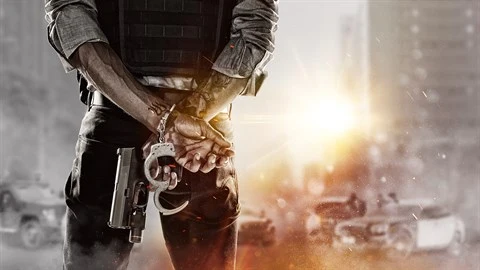
- Public Safety: Ensuring the safety of leaders and officials helps maintain public order and stability.
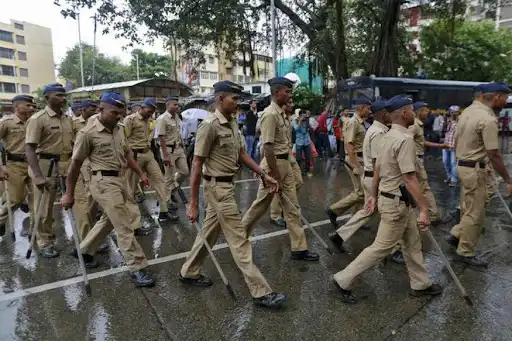
How Is Security Assigned?
The level of security assigned to a person is decided by the government based on the threat perception. This decision involves:

- Intelligence Reports: Agencies like the Intelligence Bureau (IB) assess threats.
- Threat Assessments: Detailed analysis of potential dangers.
- Government Decisions: The Ministry of Home Affairs (MHA) makes the final call on the level of security.
Conclusion
Security categories in India play a crucial role in protecting important individuals from various threats. Understanding these categories helps us appreciate the efforts made to keep our leaders and other high-profile individuals safe. Remember, these measures ensure that they can continue their work without fear, ultimately benefiting the entire country.
For more interesting articles, please visit www.kidzherald.com

